Poet Sofa
Reproduction
DIMENSIONS
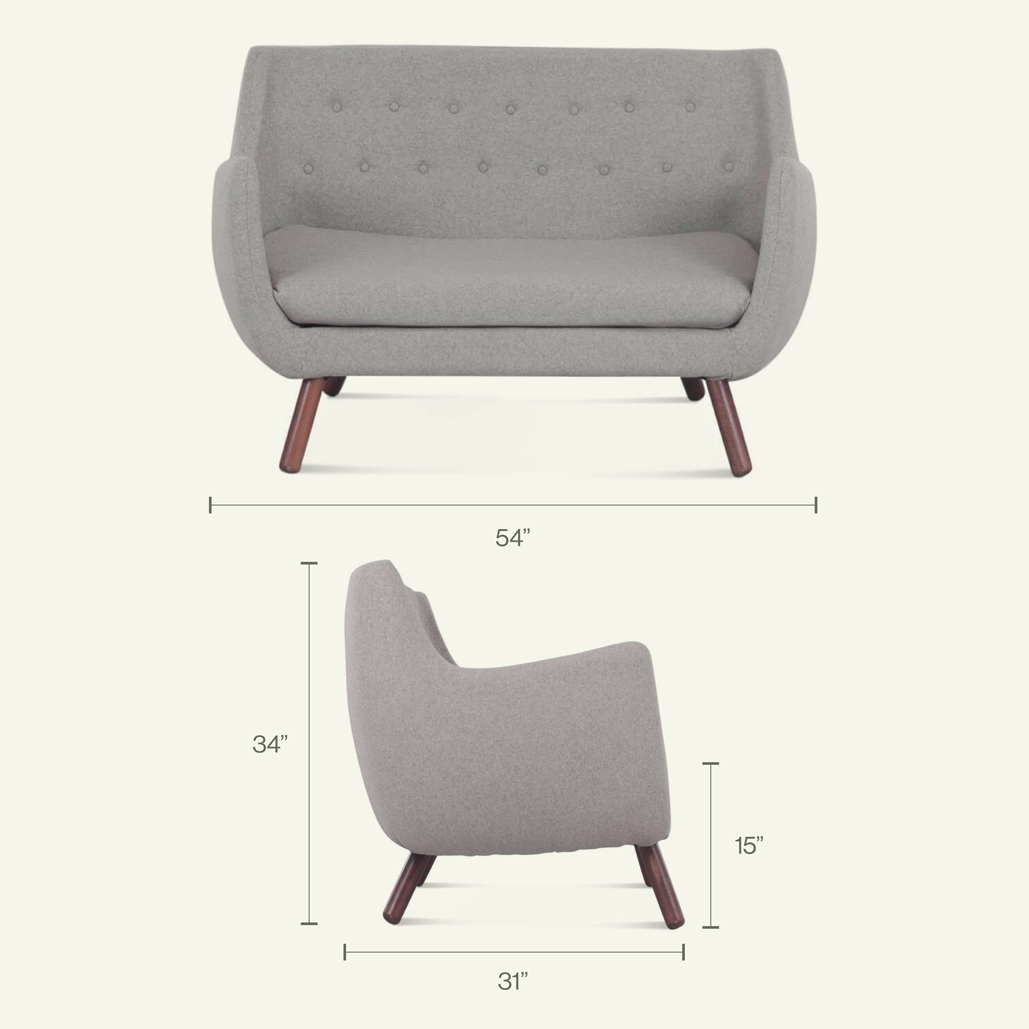

-
This small two-seater sofa first saw the light of day at the Copenhagen Cabinetmakers" Guild Exhibition in 1941. It should be seen as a natural progression from the Pelican Chair that was displayed the previous year. The upholstery is very slim compared to the norm at the time and it was the result of Finn Juhl"s ambition to create functional furniture for smaller apartments.
The Poet Sofa is also one of Finn Juhl"s experiments for his own home. At the Guild Exhibition, the sofa was shown together with a couple of plaster reliefs by artist Sigurjn lafsson. In this way, he indicated the link between furniture and sculpture. The small sofa is a very comfortable embrace for two people, who will be sitting comfortably close.
Materials & Features:- Structure: hardwood frame with double dowels and corner-block-reinforcing; treated for durability & pests control using a non-toxic Kiln-dried treatment
- High elasticity dacron-wrapped foam with genuine down feather layer
- Premium Fabric upholstery (C.O.M available)
- Solid walnut wood legs
- All upholstery materials and fill content are non-toxic and fire-resistant
- Customization available - Request with Customer Service
-
When you look at the graceful shapes and sensual curves of Finn Juhl"s work, you may be shocked to realize that he designed these pieces 60 to 70 years ago. A pioneering force in his own country, Finn Juhl is also credited, along with fellow Danes Arne Jacobsen, Hans Wegner, Borge Mogensen and Poul Kjaerholm, with introducing Danish modern to midcentury America.
Although he initially wanted to become an art historian, his father persuaded him to attend the Royal Danish Academy of Fine Arts School of Architecture. By 1934, he had a prestigious position with architect Vilhelm Lauritzen and was exploring the functionalism movement by creating clean, geometrical buildings like the broadcasting house Radiohuset, a pinnacle of Danish architecture that now houses the Royal Danish Academy of Music.
Juhl considered himself an architect of the interior as well as the exterior. He began designing furniture like the Poet Sofa (1941) for use in his own home, located north of Copenhagen. Juhl felt that furniture, handicraft and art should create a completeness of the house, which in his case was decorated with works by the Danish painters of the time. Today, the Finn Juhl House" an early example of open-plan design with views to its garden from every room" is part of the Ordrupgaard Museum.
In 1937, Juhl began collaborating with master cabinetmaker Niels Vodder, and the pair was the buzz of the 1945 Cabinetmakers" Guild exhibition with their expressive, sculptural pieces. One such item was the Model 45 Armchair (1945), which broke from tradition by freeing the upholstered areas from the wood frame.
At age 39, Juhl made his U.S. debut in 1951 at the Good Design exhibit in Chicago and at MoMA in New York, and he represented Denmark in creating the interior of a meeting hall at the United Nations headquarters. A few years later, SAS asked Juhl to redesign the interior of its air terminals in Europe and Asia.
Finn Juhl is still winning awards decades after his death: The Wallpaper Design Award 2010 was awarded to the Baker Sofa (1951) in the category of Best Reissue.
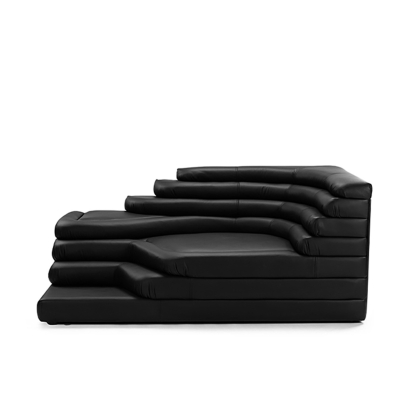
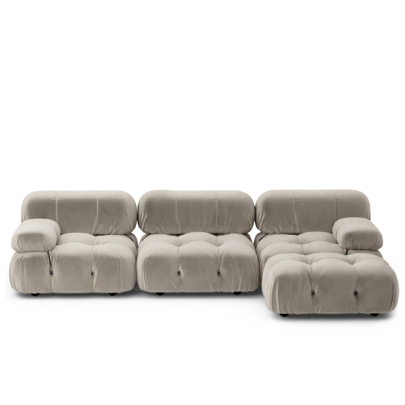

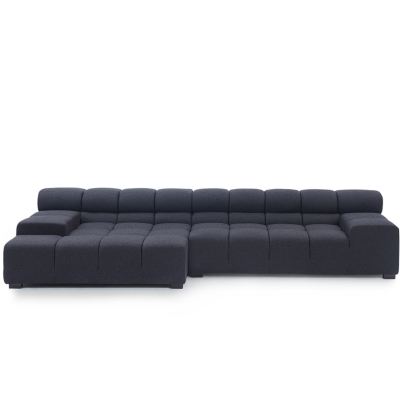
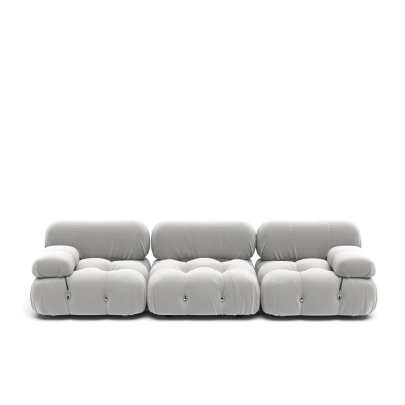

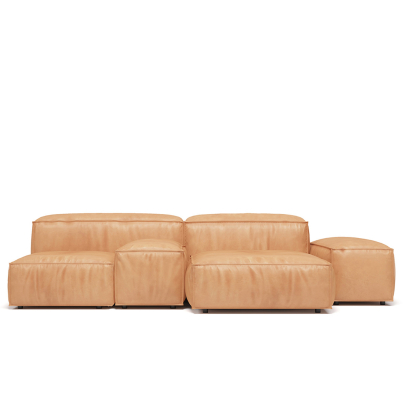



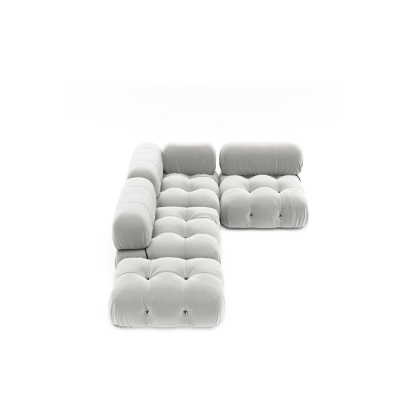

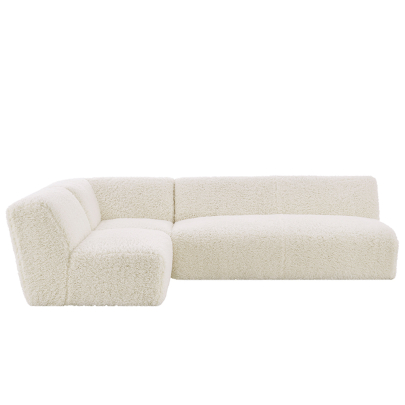
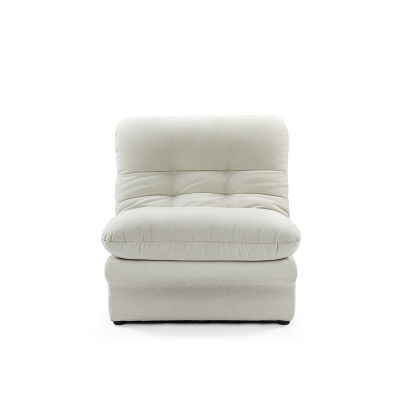

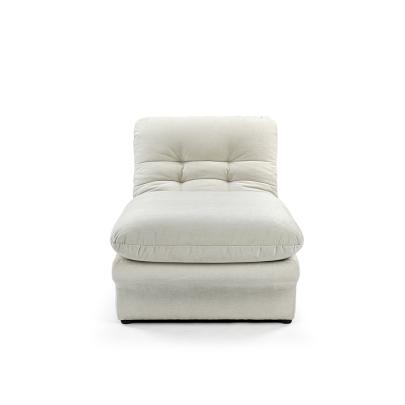

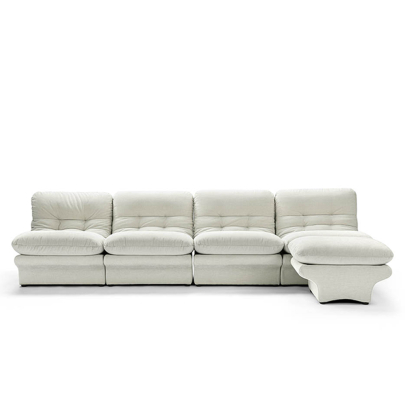
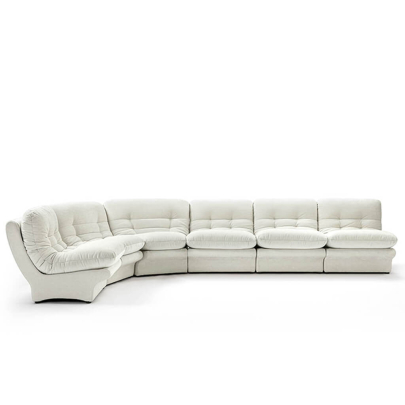
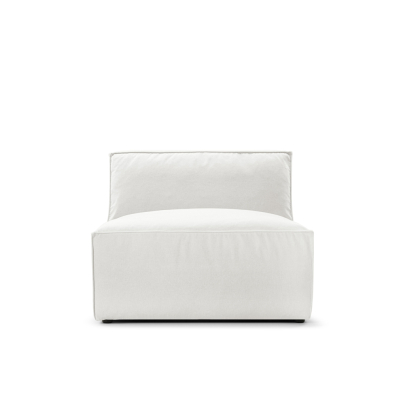
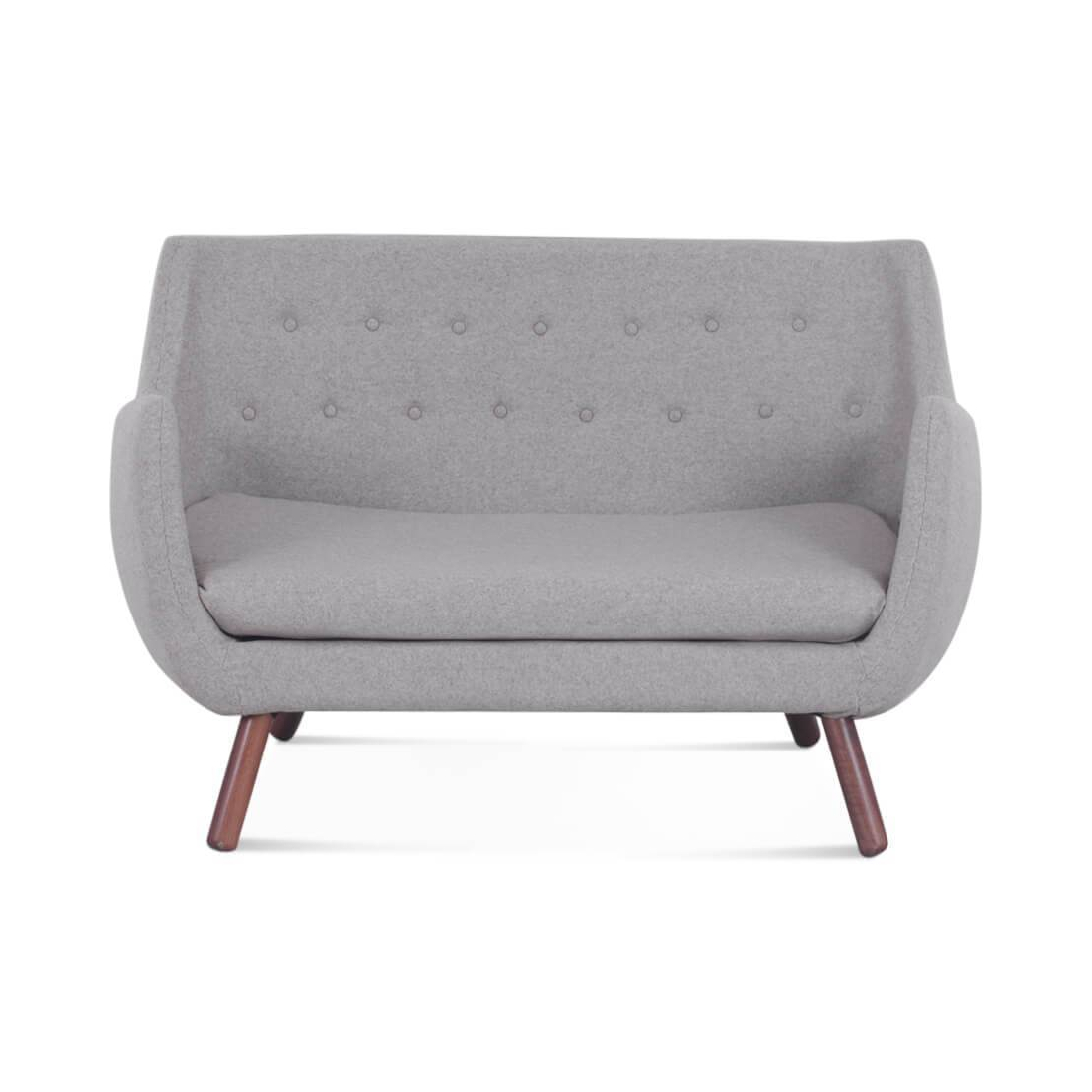
 1-800-993-0903
1-800-993-0903
 Chat With Us
Chat With Us
 Email Us
Email Us
